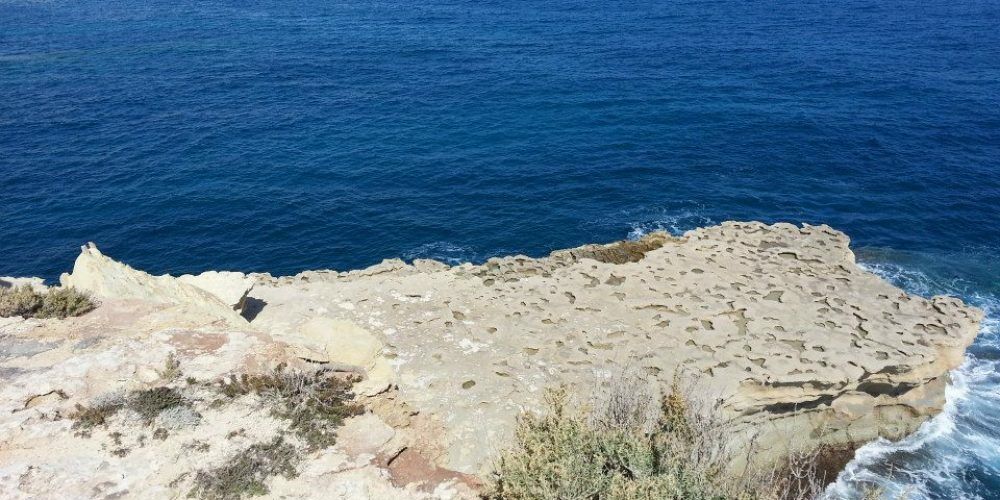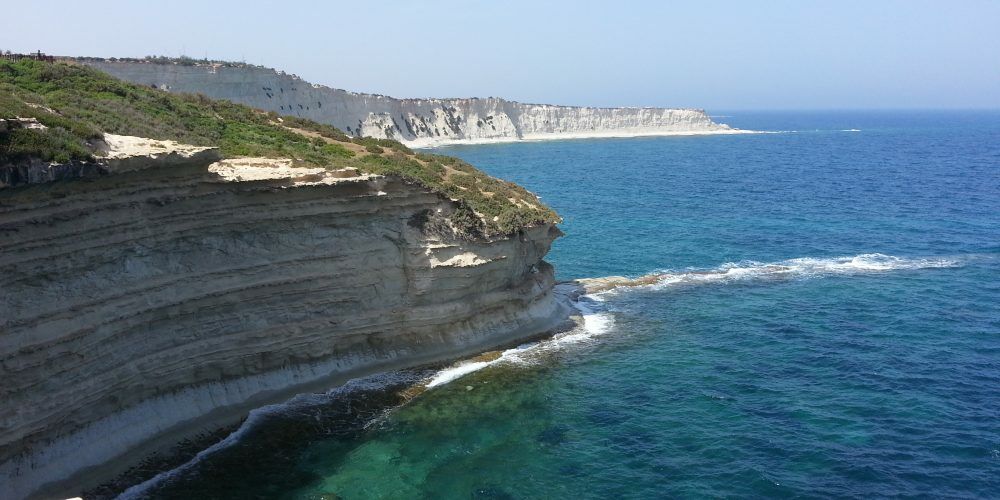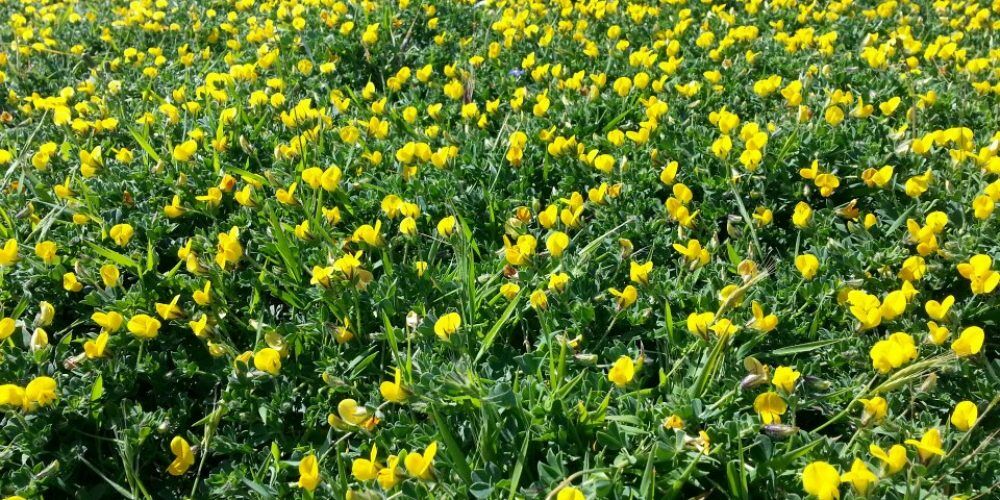Xrobb L-Għaġin is the south-eastern most point of the Maltese Islands. Xrobb L-Għagin is 1km2 peninsula, topped by a flat plateau, slightly tilted to the south-east, surrounded by low cliffs. In geological terms, Xrobb L-Għaġin is part of a much larger promontory, including Ras il-Fenek, Delimara, Munxar, Taqtiegħa islet and the inlet bays within, all composed of the Upper and Middle Globigerina Limestone, which are softer than the globigerina commonly used to built houses.
The softness contributes to the erosion on the land, in which, during rough weather, the coast is covered with bubbles, and the nearby sea becomes creamish in colour, due to the upwelling of the sediments from the bottom floor of the sea. This natural event gave rise to the name of the place, which is analogous to the process involved in boiling pasta. The water after the boiled pasta, also becomes turbid. In fact, pasta water is called ‘xrobb l-għaġin’ from Marsaxlokk and Marsaskala. Due to the unique geology, various yet unusual vegetational communties reside in the wild expanses of this park. The park has the best views of the Munxar Cliffs.



